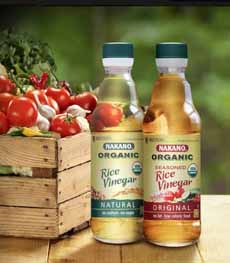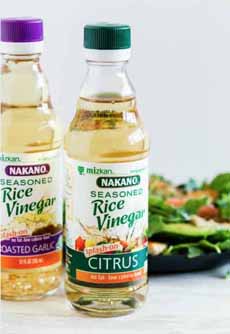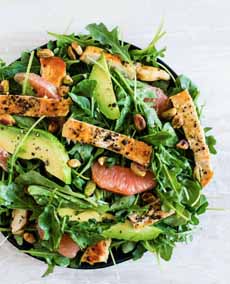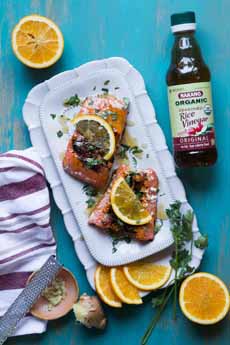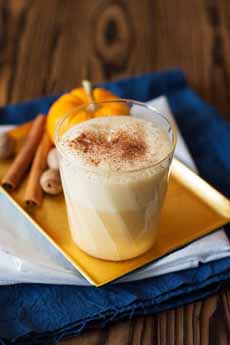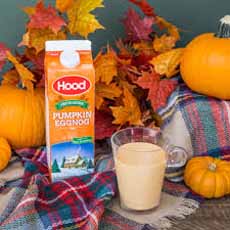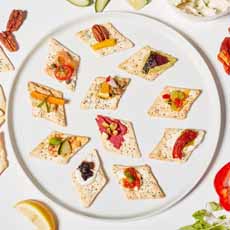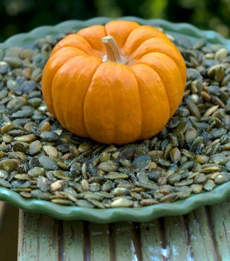|

[1] Drying meat or fish over a fire (image courtesy Kitchen Of The Future).

[2] Drying squash (photo courtesy China Daily).

[3] Drying ducks; the same technique is used for air-dried hams (photo courtesy China Daily).

[5] Drying fruits (photo courtesy Brainview).

[4] Sundried tomatoes are preserved today as they were thousands of years ago (photo courtesy Bella Sun Luci).
|
|
In modern times, businesses and homes use refrigeration and freezing to preserve food. We buy canned, freeze-dried and otherwise shelf-stable (no refrigeration required) foods.
In the millennia before the invention of canning and the mechanical ice box, people kept food cold with ice and snow, saved during the winter months or brought down from mountaintops. Insulated metal “ice boxes” were available in the 1880s, with blocks of ice delivered by the “ice man.” The home electric refrigerator didn’t arrive until 1930.
In ancient times, the wealthy could afford to have ice cut from lakes and rivers in the winter, or brought down from the mountaintops in warmer countries, and stored in ice houses for summer use. The oldest known ice house, built by a king in Persia, dates from about 1700 B.C.E. Most other people dug ice pits, lined with straw and sawdust as insulation.
At the dawn of mankind, people had to learn to preserve food for lean times. Food, whether animal or vegetable, begins to spoil as soon as it is killed or taken from roots, trees or vines. So man had to figure out how to preserve the portion of it that wasn’t needed immediately.
In hot climates, man dried meat, fish, fruit and vegetables in the sun, removing the moisture that leads to spoilage. In cold climates, he kept food frozen in the ice or packed under snow.
Other techniques evolved, enabling not only preservation, but a variety of different flavors that have become part of our culinary repertoire.
PRESERVING FOOD ENABLED “CIVILIZATION”
Beyond drying and freezing, other forms of food preservation enabled the formation of communities. Man no longer had to be a hunter-gatherer, consuming what was killed or harvested immediately, but could preserve some of the bounty for later use.
Preservation techniques were especially needed when man settled down in agricultural communities, around 9500 B.C.E. Food preservation enabled ancient man to set down roots and form a community.
We still use the techniques that our early ancestors developed. Here they are, in alphabetical order.
Thanks to the National Center for Home Food Preservation for much of this information.
TYPES OF FOOD PRESERVATION
Canning & Freeze-Drying
While first alphabetically, canning is one of the newest forms of preservation, developed in France in the 1790s. It uses heat, originally to seal food in glass bottles, inspired by wine in bottles. Based on the success, in 1810 an Englishman applied the concept to tin cans—lighter in weight and not breakable (the history of canning). The next modern technique was freeze drying (see below).
Curing
Early cultures used salt to help remove the moisture from foods (called desiccation) which prevents the growth of microorganisms. Salting was the common technique to preserve fish and meats, followed by brining (salted water).
Drying & Smoking
Ancient man harnessed the sun and wind to dry meat, fish, fruits and vegetables, with archaeological evidence showing the process used as early as 12,000 B.C.E. Areas that lacked strong sunlight for drying dried and smoked food over a fire.
Honey & Sugar
Preservation of fruits in honey or sugar was commonplace in the earliest cultures. The Romans improved on the method by cooking the quince and honey producing a solid texture—the first jams and preserves. In southeast Asia, where sugar originated, in northern climates that lacked enough sunlight to successfully dry fruits, heating fruit with sugar produced what we know know as preserves and chutneys.
Fermenting
Evidence from around 5400 B.C.E. indicates that man discovered how to ferment grains into beer. But the process may be much older: It is believed that one of the impetuses for Neolithic hunter-gatherers to settle down to farming was to grow barley to make beer, around 10,000 B.C.E. Grapes and other fruits followed, creating wine. The technique was used to preserve vegetables, turning cabbage into kimchi and sauerkraut, and other pickled vegetables. Fermentation creates more nutritious foods: the microorganisms involved produce vitamins as they ferment. The technique turned less palatable foods into more palatable ones.
Freezing & Freeze Drying
Any ancient civilization that had freezing temperatures for at least part of the year used the freezing temperatures to preserve foods, digging holes in the ice or compacting snow over the stash. The use of natural caves for cold storage turned into root cellars and ice houses. Jars and other containers were also placed in cool streams for preservation. In the late 1800s, Clarence Birdseye, who observed Native Americans freezing fish in the ice, perfected the “quick freeze” process. Freeze drying was invented around 1890 for commercial use. But it not brought into consumer consciousness until freeze-dried coffee and NASA’s freeze-dried “astronaut ice cream,” in the 1960s.
Pickling
Pickling is the preservation of food in vinegar or other acid. Vinegar was first created accidentally thousands of years ago, when wine fermented for too long. Evidence of pickled cucumbers dates to around 4,500 years ago in Mesopotamia. Wine, beer and cider can all transformed into vinegar. Foods from olives to fish were brined in a solution of vinegar and water. The ancestor of our popular condiment, ketchup, was an oriental fish brine.
|
